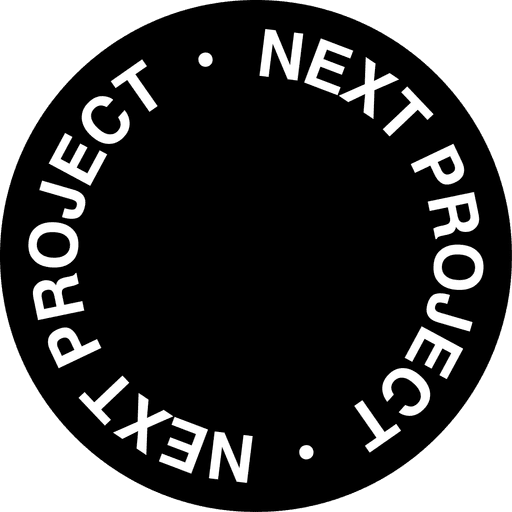Loans with the lowest rate on the market
Product Design

Good products come from here!
As a Sr. Product Designer, my primary responsibility was working on discovery with the Product, Biz, and Engineering teams, generating design navigation flows, creating interactions, visual designing the products, prototyping, validating with users, and following results and metrics.
From Brazil to Mexico
Our goal was to bring all the products from Brazil, the first thing was understand the Mexican users to offer the best experience.

Tailoring Brazilian Financial Products for the Mexican Market: A Strategic Design Process
The process of adapting Brazilian financial products for the Mexican market involves a meticulous approach. Beginning with thorough market research, I assess local trends, user preferences, and regulatory requirements. Collaborating closely with stakeholders, I align business goals and tailor the products to Mexican audience needs. Iterative design iterations follow, considering cultural nuances and local regulations. User testing and feedback play a vital role, ensuring seamless user experiences. Finally, the products undergo final adjustments and are strategically launched, incorporating comprehensive localization efforts to create a successful transition that resonates effectively with the Mexican market.

Biz Goals
As a first step, I collaborated with stakeholders to understand business goals and align them with the design when working on the landing pages for products like Autofin, Home Equity, Payroll, and Home Acquisition. This strategic alignment ensured that the pages were not only visually appealing but also aligned with the overarching objectives.

Key highlights of this phase include:
1. Clear Objective Identification: Collaborating with stakeholders enabled me to precisely understand the business objectives for each financial product. This could have encompassed boosting conversions, driving interest in specific products, or enhancing brand strength.
2. Audience Analysis: Together with stakeholders, I defined the target audience for each landing page. This involved grasping the needs, desires, and concerns of different user segments.
3. Success Metric Definition: Partnering with stakeholders allowed for the establishment of clear metrics to gauge the success of each page. These metrics could include conversion rates, time spent on the page, and information requests.
4. Key Message Determination: This phase involved pinpointing the key messages that needed to be communicated on each landing page. These messages had to resonate with the objectives and user needs.
5. Brand Alignment: Ensuring that the design and tone of the landing pages matched the company's brand identity was crucial for creating a cohesive user experience.
6. Cross-functional Collaboration: Working with stakeholders often involves collaborating with marketing, development, sales, and other teams. Highlighting how you orchestrated these efforts for a coherent vision is valuable.
7. Iteration and Feedback: Collaborating with stakeholders entails iterations and feedback loops. Illustrating how you managed this feedback and how it contributed to design improvement is essential.

Achieving Efficiency and Quality
During the design process for each product's landing page, I implement a phase planning approach to enhance efficiency and ensure a well-executed outcome. By dividing the design process into distinct phases, I strategically allocate time and resources to different aspects of the project. This methodology prevents overwhelming workloads and promotes a concentrated effort in each phase, resulting in a refined final product.
Each phase of the phase planning approach addresses specific components of the landing page design, such as layout, visual elements, content integration, and user interaction. By compartmentalizing these elements, I can dedicate adequate attention to every detail, making certain that no aspect is overlooked.
Not only does this approach mitigate the risk of a rushed or cluttered design, but it also enables me to engage with stakeholders and users for feedback at crucial intervals. This iterative feedback loop helps ensure alignment with project goals and user expectations.
In summary, phase planning serves as a strategic framework that enables me to systematically progress through the design process while managing workload effectively. This approach ultimately leads to well-crafted landing pages that are visually appealing, user-friendly, and aligned with business objectives.




